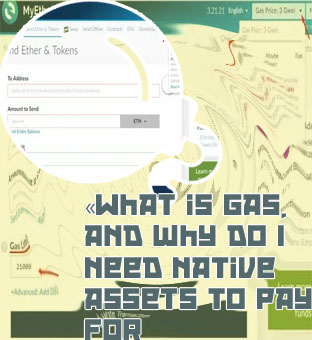
Gas fees ethereum
ETH25 LEADERBOARD
How much is ethereum gas fee
Ethereum gas fees skyrocketed to record highs over the course of 2021 as ETH rallied along with the rest of the crypto market. An explosion of interest in NFTs contributed to the rise as the vast majority of non-fungible asset trading happened on Ethereum. At the height of the market frenzy dubbed NFT summer, minting NFTs set users back hundreds of dollars and more complex transactions came in even higher as the network became increasingly congested. As a result, alternative Layer 1 blockchains like Solana, Avalanche, and the ill-fated Terra soared by enticing users, many of them speculators in the retail market, with lower transaction fees. The future of Ethereum gas fees GasHawk is non-custodial, freely accessible to all, and aims to help users save money on transaction fees, optimize their transactions during periods of low fees, and prepare for future price volatility.

4. Will the Merge Speed Up Ethereum Transactions?
Etherium gas fees
Let’s break down how this works in practice. John Crypto wants to send Jane Blockchain 1.5 ETH. We’ll use 75 gwei as the base fee, add a 5 gwei tip, and say the gas limit is 30,000; let’s plug these numbers into our formula: How Is the Gas Fee Calculated? Unlike Ethereum, Polygon operates on a proof-of-stake consensus which allows for significantly quicker transactions, higher throughput, and lower gas fees. Gas is also paid in Polygon’s native token MATIC, which is substantially cheaper than ETH resulting in pennies worth of MATIC instead of hundreds of dollars worth of ETH. With this in mind, Polygon has become a chosen blockchain for DeFi and bulk-NFT trading. But even with all the upside, it’s important to note that sidechains, Polygon included, come with their own sets of issues around security and downtime.